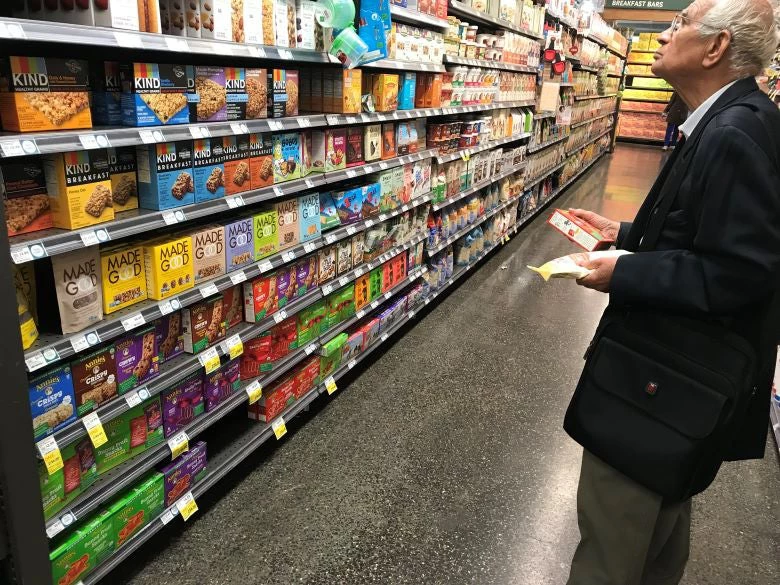
One way or another blockchain, that distributed ledger technology we keep hearing and reading about, means greater traceability. And when it comes to agriculture, traceability allows us to learn about the origin and the characteristics of our food. Traceability is therefore not only seizing the day, but the future as well.
Experience shows that as we get richer we spend more on food because we care more about what goes into our bodies and associate food labels and their premium prices with higher quality. Data from the United States shows that the amount spent on food increased by 30 percent from 1959 to 2014 (Figure 1). Yet, grasping product origin and quality is inherently difficult. By the time the food gets to our local supermarket shelf, it has worked its way through what is arguably the largest and most complicated set of markets and middlemen that sit between the world’s producers and consumers, making traceability incredibly difficult.

While branding aims at signaling a product’s characteristics through images and ideas and simplifying the consumer’s experience and choice, it is not foolproof. Just think about the images of our four-legged friends frolicking in green fields, which are used to signal wholesome quality. Yet, the claims of brands are not always adequately controlled and adhered to, making it difficult for consumers to make informed choices.
Digital ledgers, like blockchain, can effectively remove the need for branding as they transmit reliable information about a product’s quality directly to customers. Put differently, farmers can become their own brand, obviating the need for a third party to do it for them. Moreover, consumers can directly verify the product quality of their shopping cart and make sure they get what they pay for. Making outsourced branding services unnecessary can profoundly reshape our food system by bringing the producers closer to the consumers. The benefits are clear – with less arbitrage for the middlemen, more value accrues to producers and consumers. This may sound fanciful, but it might just be the future of food.
The digitization of the food sector – the world’s largest market - will fundamentally reshape how we grow, sell, and eat food. Just consider Amazon’s acquisition of Whole Foods. This purchase gave Amazon access to the Whole Foods’ brand and its brick-and-mortar stores, which can be used as storage/distribution centers for digitally-distributed food products. Or, consider that Alibaba estimated China’s rural e-commerce market to be worth $70 billion in 2016. How much longer will it take before you surf an online retailer in search of eggs, watch a webcam of your favorite farmer feeding his flock, and have those eggs appear on your doorstep the next morning?
Any opportunity to connect the world’s 570 million overwhelmingly poor producers with its 7.6 billion increasingly wealthy consumers must not be missed. Is blockchain the death blow to branding as we know it - a fleeting opportunity that must be taken advantage of, in much the same way Keating reminds the members of the Dead Poet’s Society that they must seize the day? What about the underdogs blockchain might create? How can they be supported in this transition? If we want to seize this opportunity, the key questions to answer are when, where, and how the public sector can play a role in this. So please join our discussion below!
We hope to crowd-in some of the world’s best minds to participate in a global conversation on food and technology through the “What’s cooking? Rethinking farm and food policy in the digital age” blog series. We invite people with diverse backgrounds and perspectives to join us and share their comments.




Join the Conversation